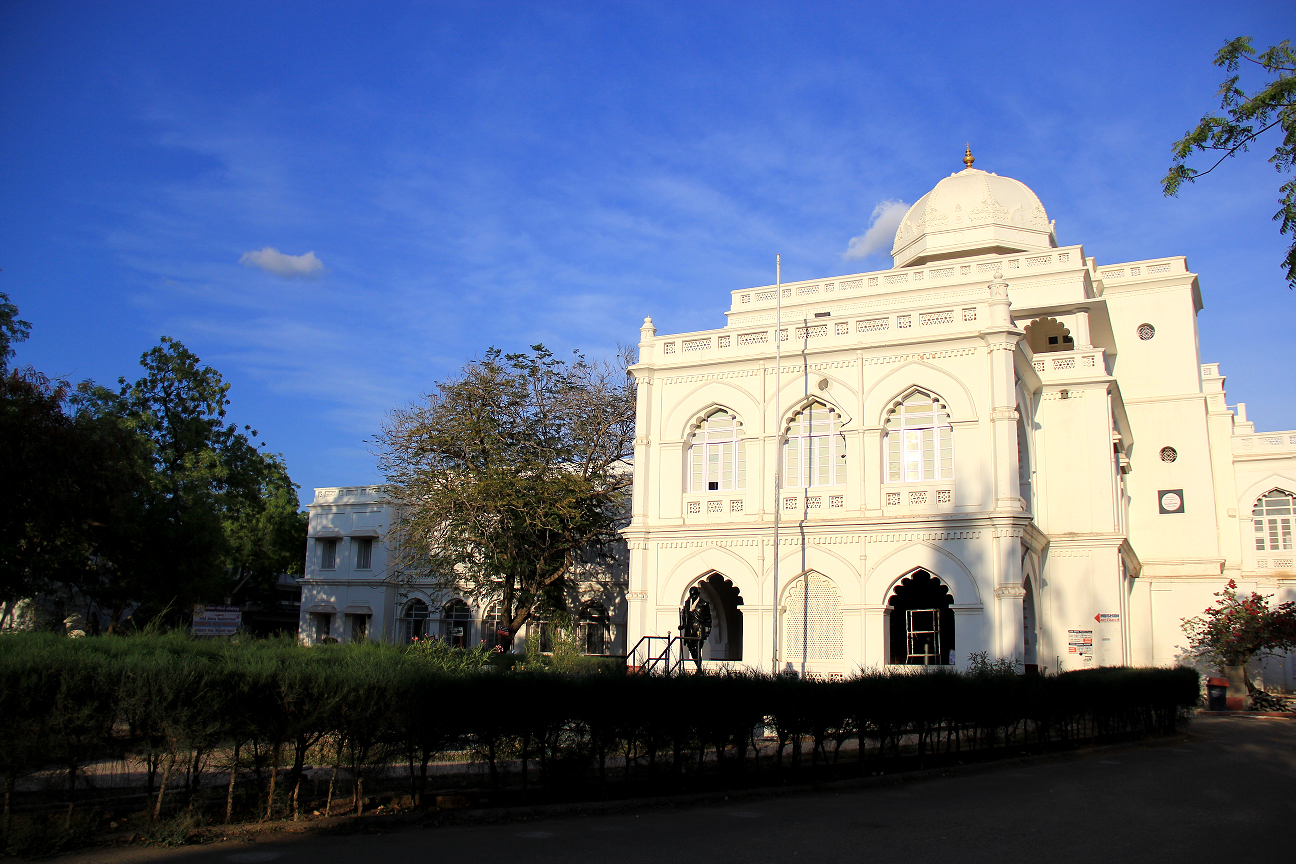Thirumalai Nayakkar Palace represents a pinnacle of architectural brilliance in Madurai, embodying the cultural and historical legacy of the Nayak dynasty. Located in the heart of Tamil Nadu, this monumental structure tells a complex story of power, artistic innovation, and cultural transformation during the 17th century.
The palace's origins are deeply intertwined with the remarkable reign of King Thirumalai Nayak, who ruled from 1623 to 1659. As a prominent ruler who emerged after the decline of the Vijayanagara Empire, he strategically shifted the capital to Madurai and commissioned this extraordinary palace as a symbol of his kingdom's might and sophistication. The architectural design reveals a fascinating blend of Dravidian, Islamic, and Rajput styles, reflecting the multicultural influences prevalent during that era.
Originally sprawling across 20 acres, the palace was considerably larger than its current form. Historical accounts suggest it was four times the size of the present structure, with intricate design elements that showcased advanced engineering techniques of the time. The famous Svarga Vilasam, or "Celestial Pavilion," stands as a testament to the remarkable architectural skills of its builders, featuring a vast hall constructed without traditional rafters or girders.
The palace's history is marked by significant transformations and challenges. During the British colonial period, it transitioned from a royal residence to a military barracks and later a factory for paper and local weavers. These changes dramatically impacted its original grandeur, with many adjacent complexes being demolished. However, partial restoration efforts by Lord Napier between 1866 and 1872 helped preserve its essential architectural character.
Architectural details of the palace are particularly striking. The giant pillars, standing approximately 80 feet tall and 20 feet wide, represent not just structural elements but monumental sculptures embodying extraordinary artistic and engineering prowess. Scalloped arches and ornate ceilings showcase Islamic architectural influences, while the robust structure reflects traditional Dravidian elements, creating a unique cultural narrative.
Legends surrounding the palace add further intrigue to its history. One captivating story suggests that an Italian architect was hired to design the complex, highlighting the potential European influences during this period. While not entirely verifiable, this narrative underscores Madurai's cosmopolitan nature and the complex cultural exchanges happening during the Nayak dynasty.
In modern times, Thirumalai Nayakkar Palace has been transformed into a significant cultural and tourist destination. The renowned light and sound show provides visitors with an immersive experience, narrating the rich history of the Nayak Empire. As a national monument, continuous restoration efforts aim to preserve its historical significance and architectural splendor for future generations.
The palace remains a profound symbol of Madurai's rich heritage, representing more than just a historical structure. It embodies the artistic vision, cultural complexity, and architectural innovation of a pivotal period in South Indian history, inviting visitors to explore the intricate layers of its remarkable story.







